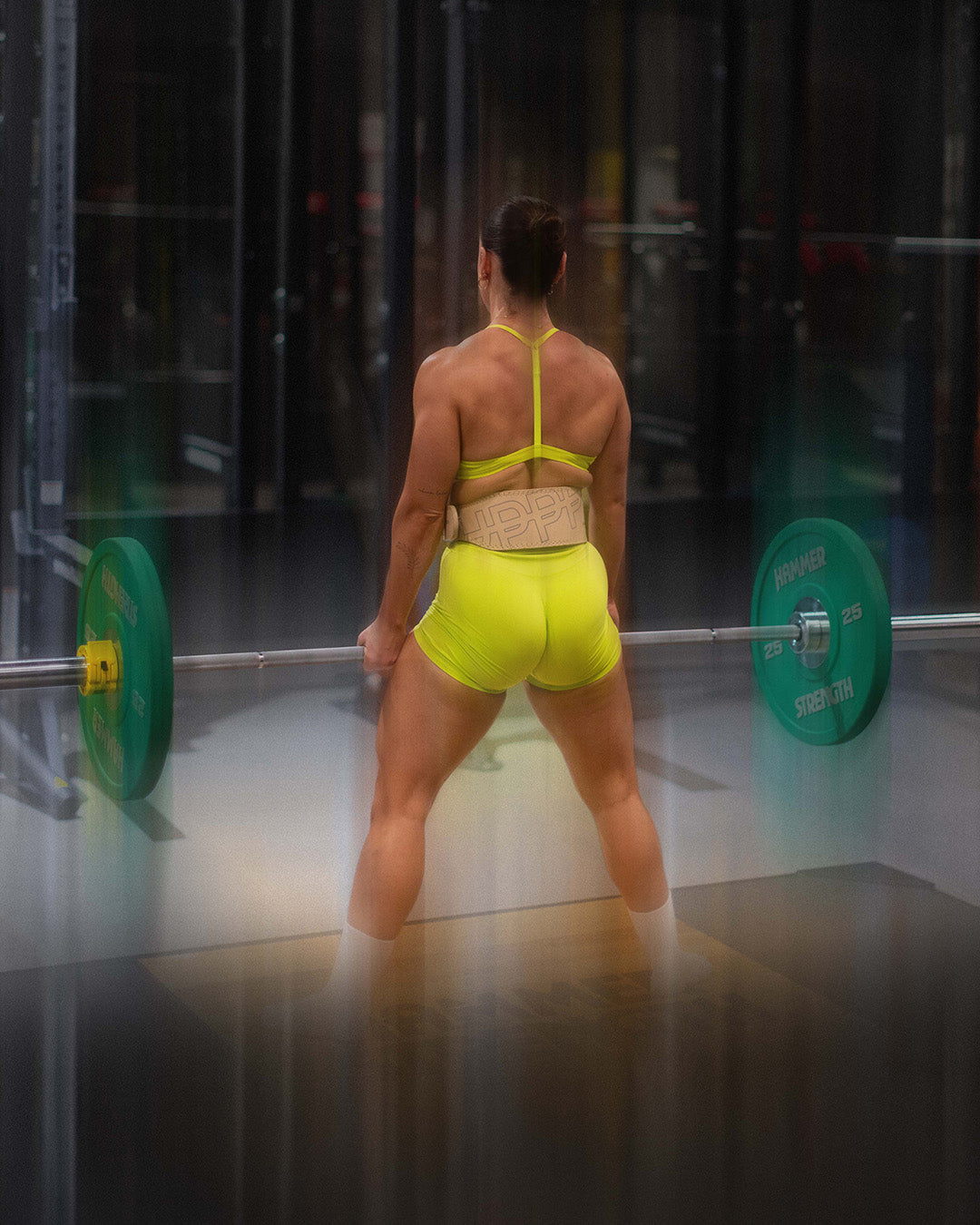Regardless of personal fitness goals, every active person has different ways to measure their current level and progress. This is important because it allows you to see how far you’ve come and what you need to do to keep moving forward.
For those in strength training, one of the most important measures is the one rep max (1RM).
Your one rep max, or 1RM (short for one-repetition maximum), refers to the maximum amount of weight that you can lift in a single repetition while exerting maximum force. In other words, it’s the heaviest weight you can lift once with proper form. If you want to make serious gains, testing your one rep max can be one of the most effective tools for tracking and improving strength.
In this guide, we’ll break down how to calculate your one rep max and how to use it during your workouts to help you reach your goals.
Benefits of knowing your one-rep max
Knowing your one rep max helps you measure progress and build training programs that actually work.
- Motivation boost: Tracking your 1RM lets you see measurable progress over time.
- Personalized programming: You can choose weights and reps based on your 1RM instead of guessing.
- Safer progression: Helps you gradually increase resistance in line with your actual strength.
For example, if you want to add barbell back squats to your routine, you might program 5 reps at 85% of your one rep max every week. This approach ensures consistency, structure, and faster gains without unnecessary risk.
How to calculate your one-rep max
Before testing your 1RM, keep these safety tips in mind:
- Strength is exercise-specific. Your one rep max will vary for squats, deadlifts, bench presses, etc.
- Warm up thoroughly. Spend at least 15–25 minutes preparing your body.
- Rest beforehand. Take a full rest day so you’re not testing on fatigued muscles.
- Always use a spotter. You’ll be lifting maximum weight, so safety is key.
Gear Tip: When testing your one rep max, supportive lifting gear can help you stay safe under heavy loads. A lifting belt keeps your core braced, wrist wraps stabilize pressing movements, and knee sleeves protect your joints during squats. UPPPER gear is built for days like this.
Step 1: Pick your exercise and warm up
Choose a big compound lift (squat, deadlift, or bench press). Warm up with cardio and dynamic stretches to activate the right muscles.
Step 2: Use 50% of your expected 1RM
Start with about half of what you think your one rep max will be. Perform 6–10 reps, then rest 2 minutes.
Step 3: Increase to 80% of your expected 1RM
Load up about 80% of your estimated one rep max. Perform 2–3 reps, then rest 1–2 minutes.
Step 4: Add weight until you hit your max
Increase weight by 10% (or smaller increments like 5% or 2% if needed). Perform a single rep, rest, then repeat until you can no longer lift with proper form.
The heaviest weight you complete with good form = your one rep max for that exercise.
How to Use Your One Rep Max in Training
Now that you know your 1RM, here’s how to apply it to specific goals.
Improving Strength (85–95% of 1RM)
- Reps: 2–4
- Rest: 2–5 minutes
- Why: Builds raw strength and progressive overload capacity.
Improving Power (80–85% of 1RM)
- Reps: 3–5
- Rest: 2–3 minutes
- Why: Combines heavy lifting with speed for explosive power.
Building Muscle Size (65–85% of 1RM)
- Reps: 7–12
- Rest: ~1 minute
- Why: Promotes hypertrophy by maximizing muscle fiber breakdown and repair.
Improving Endurance (55–65% of 1RM)
- Reps: 12–20
- Rest: ≤1 minute
- Why: Conditions muscles to handle longer sets with proper form.
Improving Speed & Explosiveness (30–50% of 1RM)
- Reps: 3–5
- Sets: Up to 6
- Why: Prioritizes speed and explosiveness without unnecessary bulk.
FAQs About One Rep Max (1RM)
What is a good one rep max?
It depends on the lift and your training experience. A “good” 1RM is one that shows progress compared to your past performance.
How often should you test your one rep max?
Most lifters only test 1–2 times per year. Too often can increase risk of injury.
Is it safe for beginners to test their 1RM?
Not recommended. Beginners should focus on building strength, endurance, and perfecting form first.
Can I improve my one rep max without testing it often?
Yes! Training with percentages of your estimated 1RM allows you to progress safely without constant max testing.
What gear can I use when testing my 1RM?
When testing your one rep max, the right gear can make a big difference in performance and safety.
- Knee sleeves can keep your joints supported.
- Wrist wraps help stabilize your press
- A lifting belt can protect your core under heavy loads.
- Lifting straps help reduce grip fatigue so you can pull through heavy reps.
UPPPER makes durable, high-quality lifting gear designed for max-effort days, so you can focus on lifting heavy while staying supported.

